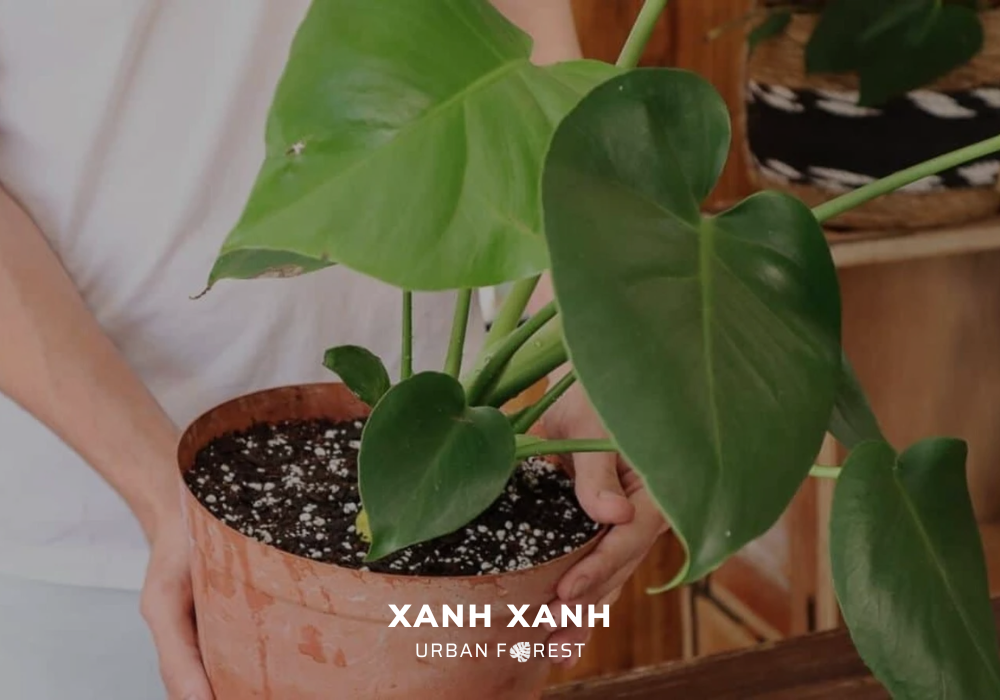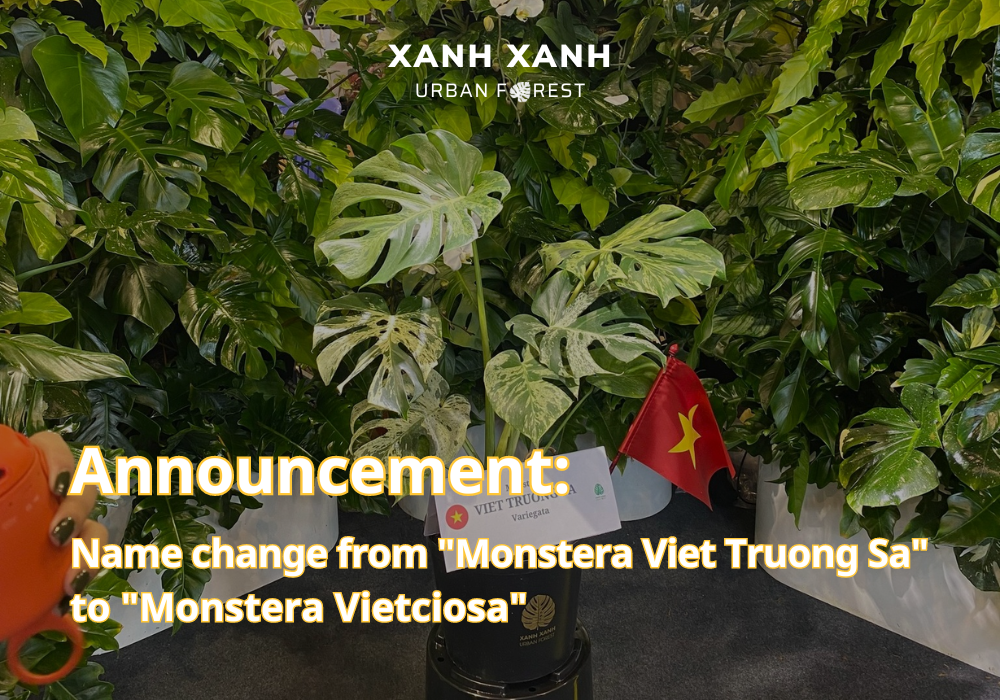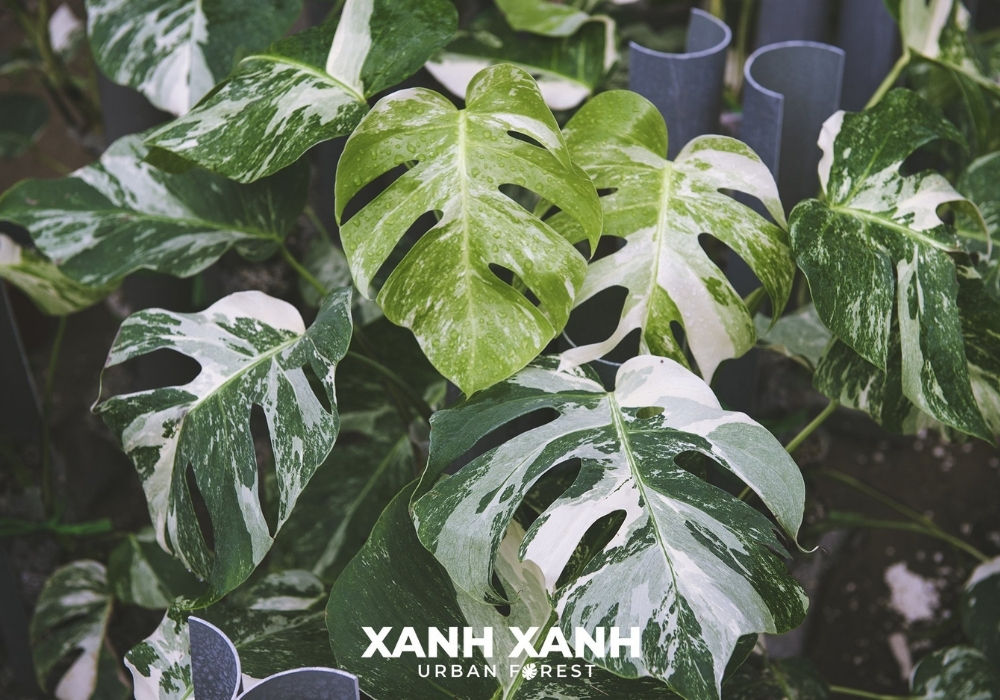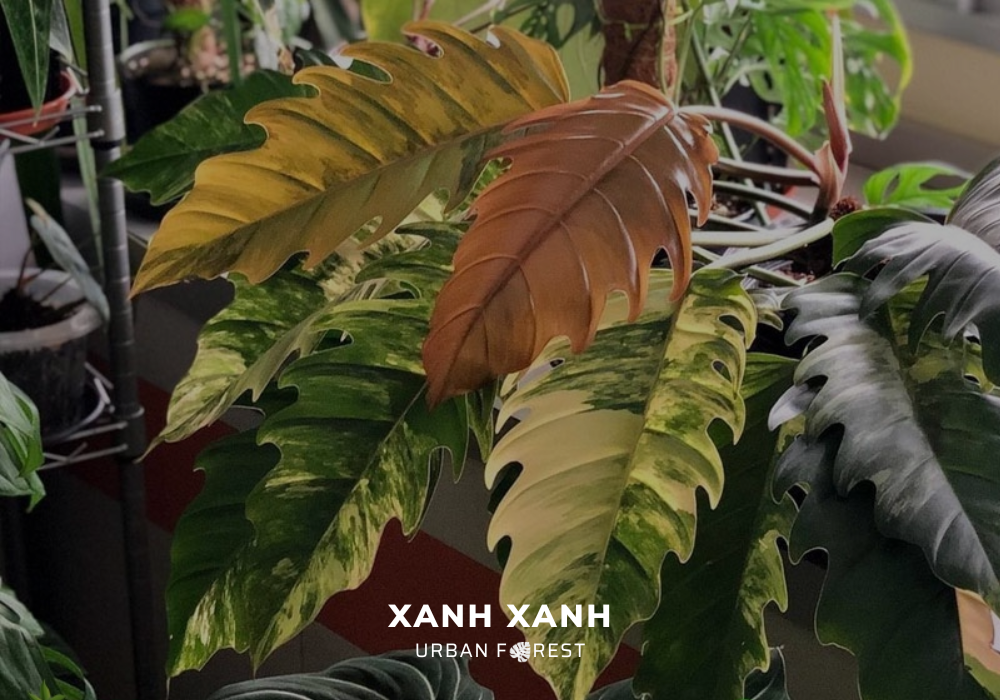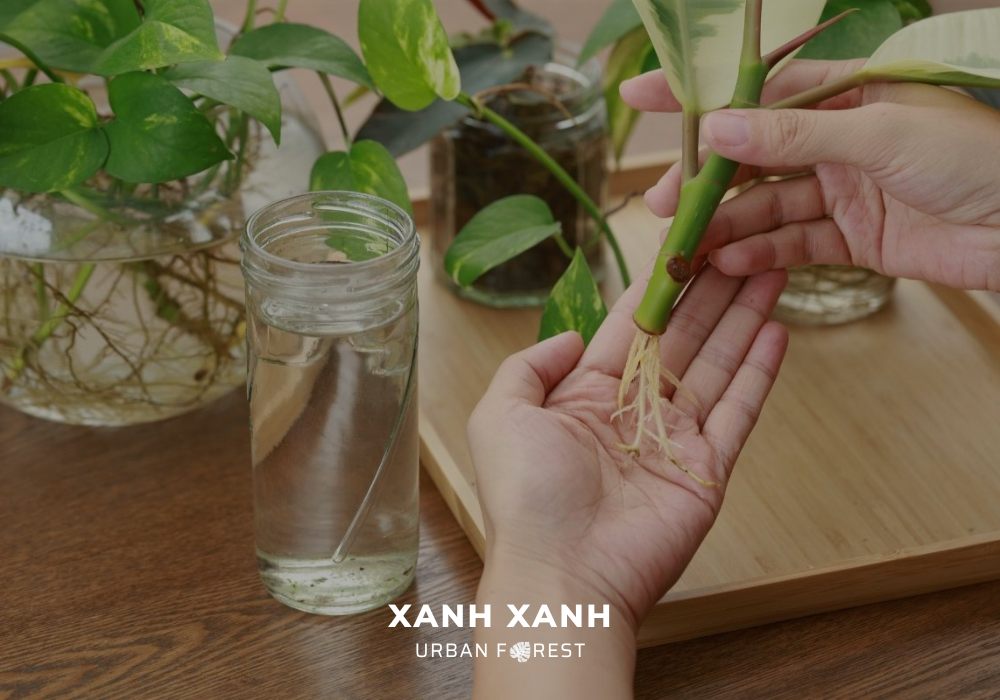Table of Contents
1. Introduction
As you grow and care for your plants, fertilizing them is an essential part of keeping them healthy and growing. But what should you do after fertilizing the plants? Not everyone knows this and your plant may even become sick or die if you do not pay attention to this phase of plant care after fertilizing?
In this blog post, Xanh Xanh Urban Forest will help you get the answer to the above question about how to care after your plants are fertilized. You’ll get lots of useful information, from watering and sunlight to monitoring for signs of stress and preventing over fertilization.
2. How to care for plants after fertilization
2.1. Water thoroughly and regularly
After fertilizing your plants, you need to water your plants thoroughly and regularly. This is necessary and extremely important because when you water, the fertilizer will be absorbed evenly throughout the soil. At the same time, this also helps prevent plant roots from coming into direct contact with concentrated fertilizers, causing the roots to burn.
The amount of water you need to give your plant will depend on the type of plant, pot size and weather conditions. In general, you should water your plant until water flows out of the drainage holes in the bottom of the pot.

2.2. Provide ample sunlight
As most people know, photosynthesis is a process that requires sunlight for most plants on the globe. This is how plants absorb solar energy, convert it into organic molecules, and use those organic compounds as their main source of nutrition. Making sure your plant receives enough sunlight after fertilization is essential for healthy growth.
Most plants require at least six hours of sunlight each day. But how much sunlight your plant requires will depend on what kind it is. If you are not sure about the amount of sunlight a particular plant needs, you can contact Xanh Xanh for detailed advice.

2.3. Prevent over fertilization
Although fertilizing plants is necessary for their growth and health, using too much fertilizer can be hazardous. Just as using too much fertilizer might have unfavorable effects, applying too little fertilizer can impede plant growth. Overfertilization can cause root scorch, damage to foliage, and in severe cases, even plant death.
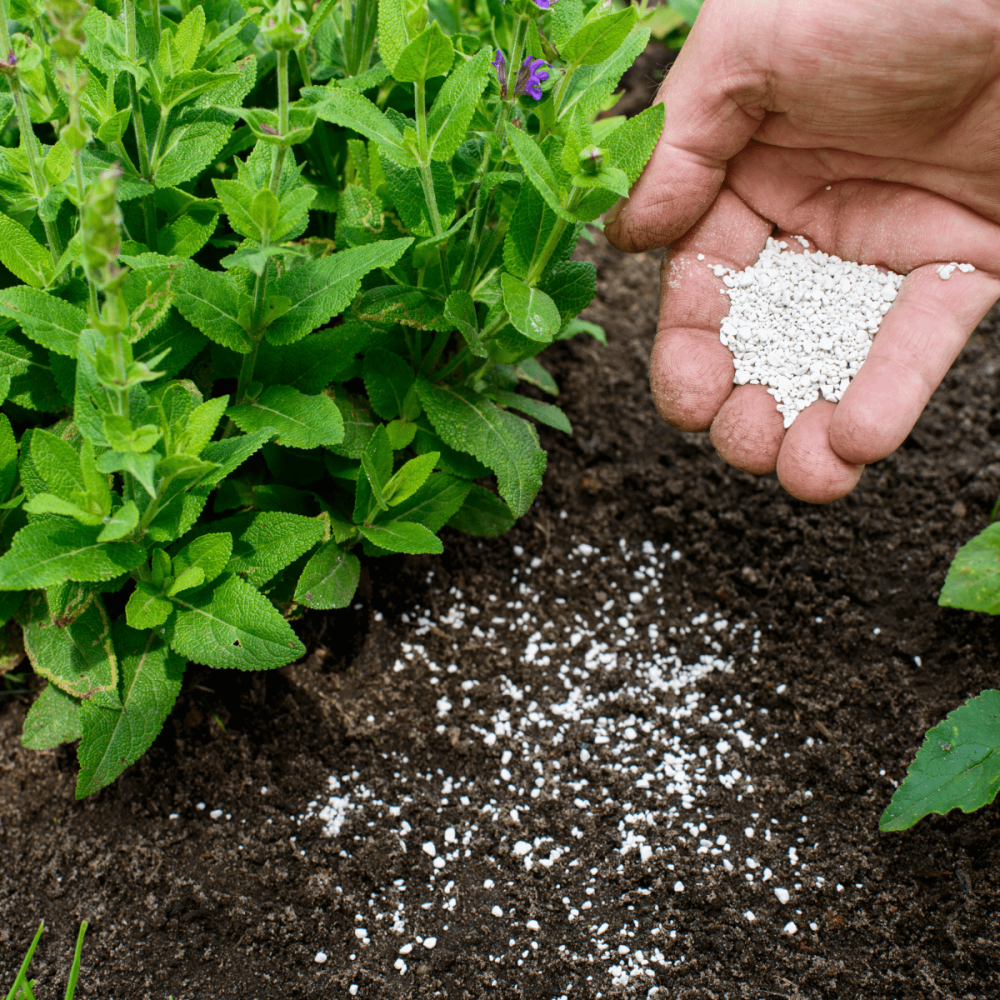
To prevent over fertilization, you need to follow these simple instructions:
- Read the instructions carefully: Don’t forget the instructions on the packaging of the fertilizer you use. If the instructions for use were redundant, the fertilizer manufacturer would not have printed it on the packaging. Carefully reading this leaflet will help you learn the specific recommended dosage and frequency of application for your plant.
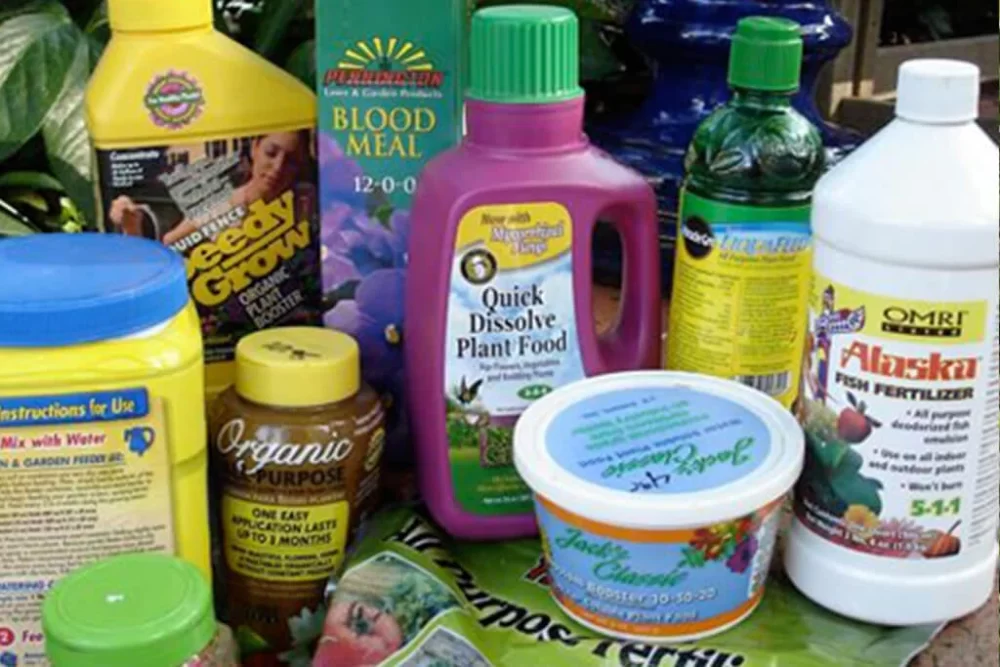
- Don’t overdo it: Fertilizing more often than recommended will not only not help your plant grow, but will also make your plant sick or even die. Overused fertilizers can quickly accumulate excess nutrients in the soil, reducing the plant’s ability to effectively absorb the nutrients contained in the fertilizer.
- Monitor your plants: Always observe your plants closely and regularly to detect any unusual signs of overuse of fertilizer, such as burned leaf edges, yellow leaves or stunted growth. If you notice any of the symptoms that Xanh Xanh just mentioned, stop fertilizing immediately and flush the soil with water to help remove excess nutrients.
- Test your soil: Before fertilization, consider testing your soil to determine its nutrient levels. This will help you avoid adding unnecessary nutrients that your plants already have in abundance.
2.4. Be patient
After fertilizing your beloved plant, you want it to grow immediately overnight. However, you need to remember that your plants need time to absorb and use the nutrients from the fertilizer they receive. Be patient, be patient, be patient! The important thing needs to be repeated 3 times.
Although fertilizer absorption time may vary depending on the plant species and its environmental conditions, continue to provide proper care, and in just a few weeks you will see the health and vitality of your plants increases dramatically. It’s important to carefully follow the care instructions provided at this time, making sure your plant gets enough water, sunlight, and optimal conditions.
3. Final thought
Fertilizing your plants is an important part of keeping them healthy and helping them thrive. By following the tips in this blog post, you can make sure your plants continue to grow strong and produce beautiful blooms or bountiful harvests.
Read more: The Right Way to Fertilize Your Houseplants: Secrets to Healthy Plants
Xanh Xanh Urban Forest hopes that you found this blog article to be useful and educational. Please use the following to contact us with any questions:

